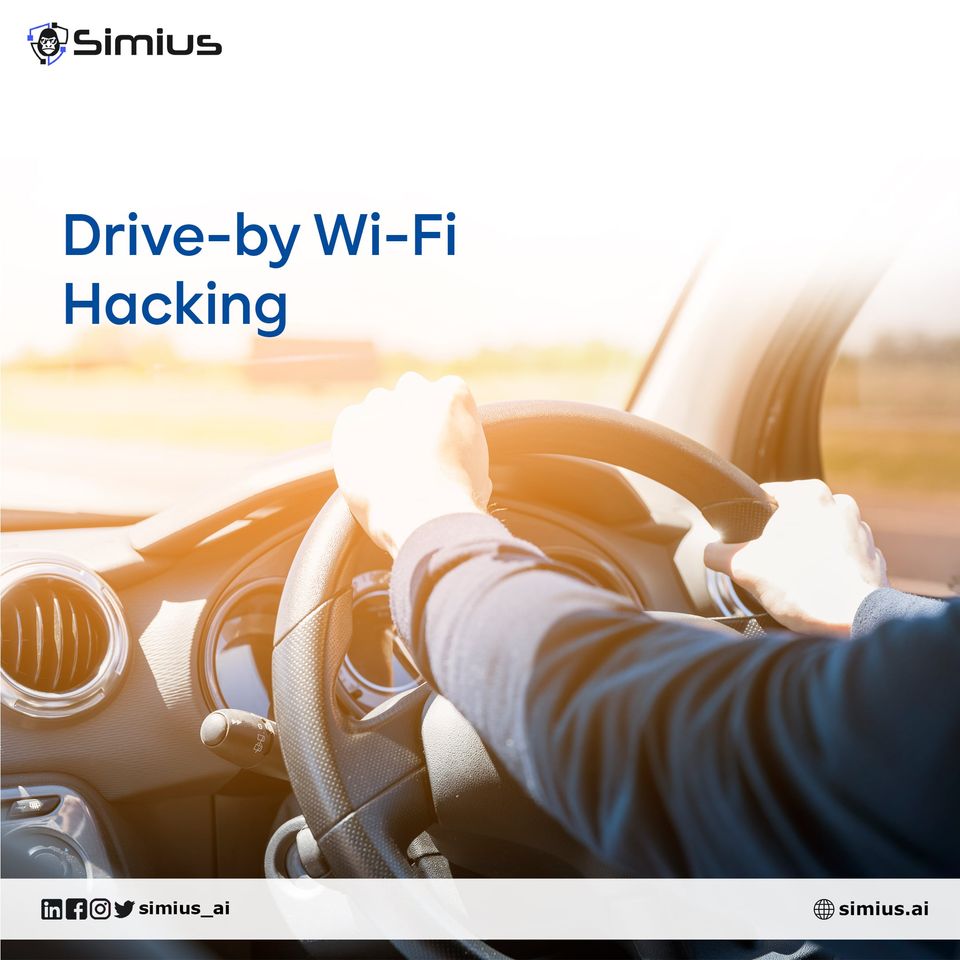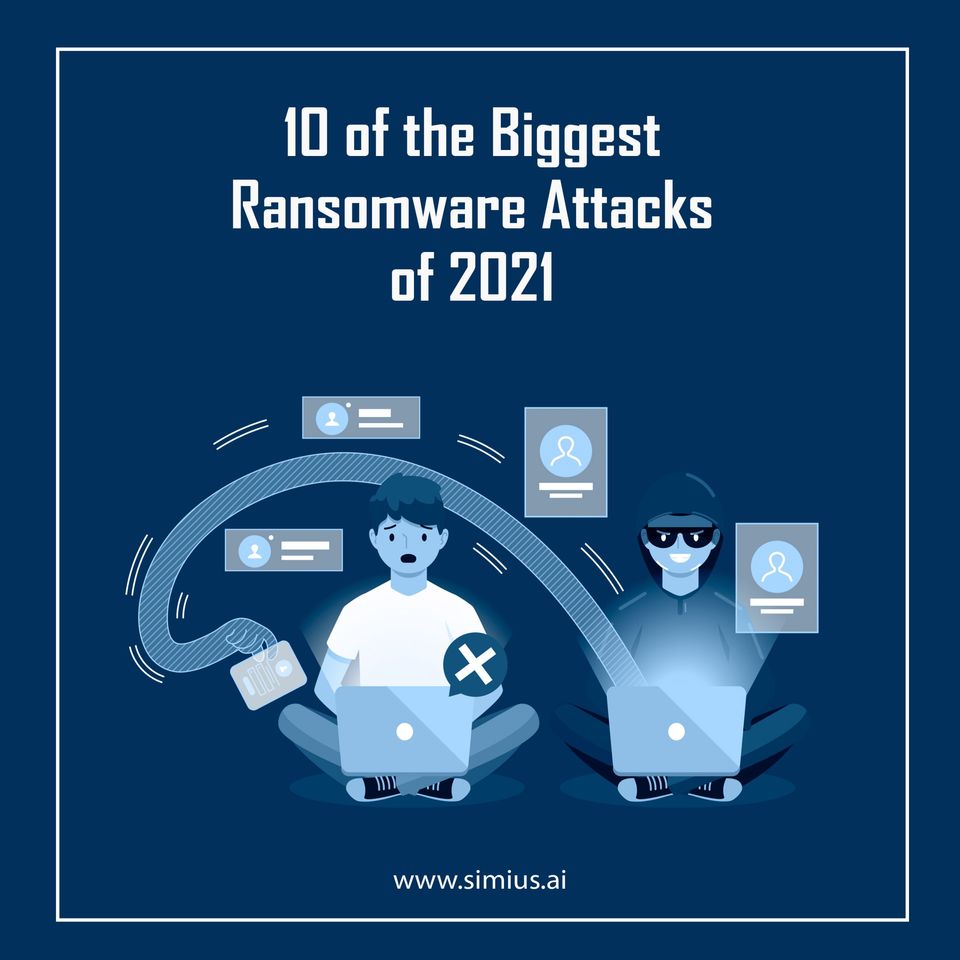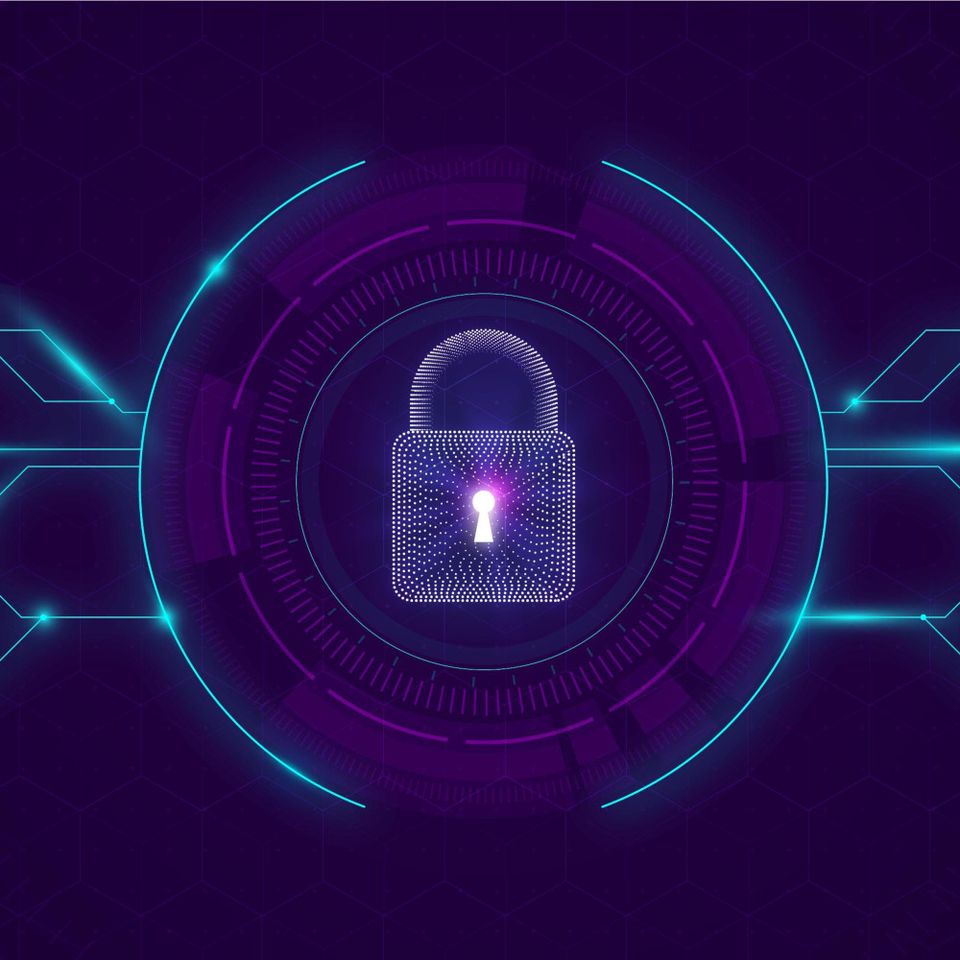Table of contents
Drive-by Wi-Fi hacking sounds like a bad joke or the plot for a B-movie, however, truth is stranger than fiction.
In this post, we will be discussing how hackers can acquire your private information while they drive around in the comfort of their vehicle.
This is an attack that uses a process called War-Driving.
It is one that most home networks, public wireless networks, and even large corporate wireless networks are vulnerable to.
Let us begin.
What is War-Driving?

Imagine this scenario; You are sitting in your home enjoying a cup of coffee. A car whizzes by, you most likely didn’t even notice, seeing as hundreds of cars pass by your home each day.
However, this car is different. What you may not have noticed was the small laptop tucked beside the driver. Or the powerful wireless antennae hidden in the vehicle.
With these new facts, you are a little shocked but you rationalize to yourself by remembering that this car was near your home for less than 5 seconds.
That is correct, however, in those 5 seconds, it collected all the information it could about your home Wi-Fi network. All without the driver taking their eyes off the road or their hands off the steering wheel.
And not only did this driver do this to you, they’ve also done it to everyone in your neighborhood.
The process that was just described to you is called War-Driving and what makes this method powerful is its cheap cost, simplicity, and devastating effectiveness.
Now let’s discuss the impact of War-Driving and its attack potential.
Attack Scale

As you must have realized, it is trivial to cover a large area while driving around. Also, these hackers can blend into the scenery, either by parking or driving inconspicuously, while executing devastating cyber-attacks.
And if, this is a big ‘if’, the hackers are detected during their attack, they can just drive away.
To put it in perspective, an operation utilizing the War-Driving process can vacuum up private data from a whole neighborhood in minutes.
War-Driving has also helped power some history-making cyber-attacks.
Here’s an example:
40 Million Credit & Debit Cards Stolen
War-Driving is so powerful that a group of 11 hackers used it to steal the information of over 40 million credit and debit cards by simply driving near the victim’s card processing networks.
And as with all hacks, the victims only found out when it was already too late.
Conclusion
To summarize, in this post, we talked about drive-by Wi-Fi hacking using a process called War-Driving. We also covered the scale of War-Driving attacks.
What can you do?
The first and most important thing is to make sure the passwords you have set on your home Wi-Fi is complex. In addition, you should do some research on your home router and its software to make sure there are no vulnerabilities associated with it.
Thanks for reading this far. If you want more information about home network vulnerabilities or how to protect yourself from hacks, make sure you look at the articles below, as you never know when it will be your turn to be written about.







